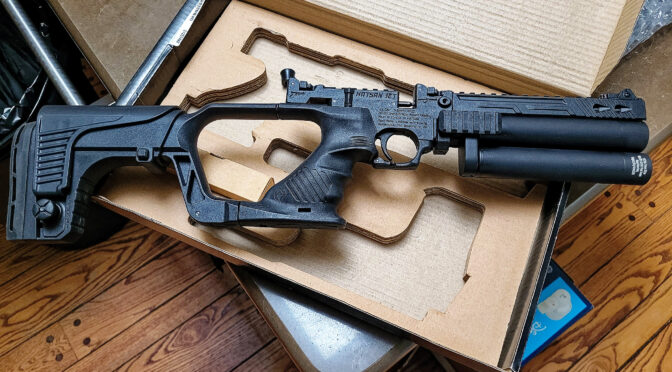I first saw a photo of the forthcoming Hatsan Jet I and II airguns in November of 2022 and was very interested in them. As more info started coming out, I really focused on the Jet II as it has twin air tanks. You see, I like short airguns for handling pests so I needed something to authoritatively deal with ground squirrels, tree squirrels and the occasional rabbit.
I have an amazing FX Impact Compact Mk II in .25 but wanted something even smaller but with less over penetration. I used to include having less of a report but switched from a DonnyFL Emperor to one of the new EdGun Behemoth moderators with an additional module and wow is that thing quiet now but that is a story for another day.
So, back to the point – I wanted something even smaller than the Impact Compact with less energy but didn’t want to spend a fortune either – sure, I’d love a Leishy II, Layla or something similar but don’t have that kind of money. As the just-before-Christmas release date drew near, the pricing came out and the suggested pricing was very affordable at $289.99 for the Jet I and $339.99 for the Jet II plus vendors were planning to come in lower. Ok, I had some thinking to do and very quickly decided to order the Jet II in .22 from Pyramyd Air and added their 10 for 10 test to try and guard against getting a defective unit.,
Specifications
- It’s a side lever operated repeater
- Available in .177, .22 and .25 – I opted for the .22 model
- Magazine capacity: .177 is 8 rounds, .22 is 7 rounds and .25 is 6 rounds – these are small magazines for a small airgun
- Barrel length: 7.9″
- Each air cylinder holds 40cc so the Jet II holds 80cc of air
- Pressure is 250 bar (3,626 psi)
- There is a built in pressure gauge
- Power is not regulated (the more expensive airguns tend to have regulators that step the pressure down from the tank to a lower more o consistent level that is then sent to the pellet upon firing. Higher end air guns may even have two regulators. For the price point, the Jets do not have a regulator and you’ll be just fine though I will tell you this is why I bought the Jet II – I wanted a larger air volume and a slower corresponding drop in pressure compared to the Jet I.
- The barrel has a shroud to protect and stabilize it but nothing more. There is no integral moderator/suppression in the shroud.
- Hatsan reports the barrel is rifle and made in Germany but they don’t mention the manufacturer – not sure if it is made Walthar or just who and will update this if I find out
- Split length 11mm dovetail and Picatinny rail – it runs over the entire barrel and for a short amount behind the breach. Note: This combination rail design was also on my Gladius and hasn’t been reported in the press for some reason. You do not need to be limited to just 11mm.
- Has three flip up sights – one front and then two at the rear depending on whether you are shooting it as a pistol or a carbine
- The stock can be easily installed or removed with a push button
- It is adjustable for length with a rubber recoil pad and a vertically adjustable cheek piece
- Overall length of just the pistol: 15″
- Overall length with the stock collapsed is about 23-3/16″ and fully extended it is just over 24-3/4″.
- If I use the back of the rear sight as a starting point, length of pull collapsed is about 9-5/8″ and fully extended it is about 11-9/16″.
- 1.4 pounds without the stock and 3.4 pounds with the stock
- Now the next stats are reported by Hatsan and I want to take a moment and recognize them for conservative reporting. Whereas some vendors inflate their numbers (meaning they exaggerate), Hatsan tends to be truthful and if anything their airguns perform better than they report:
- Max Velocity – Lead Free Pellets – 810 FPS – .177; 700 FPS – .22; 600 FPS – .25 (depends on the type of pellet and other factors)
- Max Velocity – Lead Pellets – 788 FPS – .177; 700 FPS – .22; 600 FPS – .25(depends on the type of pellet and other factors)
- Max Muzzle Energy – 9.7 FPE – .177; 15.6 FPE – .22; 16.5 FPE – .25 (depends on the type of pellet and other factors)
- Shots at Optimal Velocity – 48 – .177; 42 – .22; 30 – .25
Notice the muzzle energy reported in Foot Pounds of Energy (FPE). I want to use this to eliminate squirrels and the .177 with 9.7 FPE is on the lighter side. There are guys who hunt squirrels with .177 but I tend to think they are pushing heavy pellets faster and delivering more FPE. My first choice would have been .177 but given the numbers I decided to go with a .22 and the 15.6 FPE.
How much is enough FPE for squirrels starts arguments and chest thumping online one post cites 9 FPE for minimum energy and then you have folks swearing clean kills at 5 FPE with headshots. My point is that there are tons of claims out there. I know 15.6 FPE will do the job if I do mine in terms of accurate shot placement so that’s my rationale.
Opening The Box
On December 28th, the carbine arrived from Pyramyd Air and it did not disappoint.
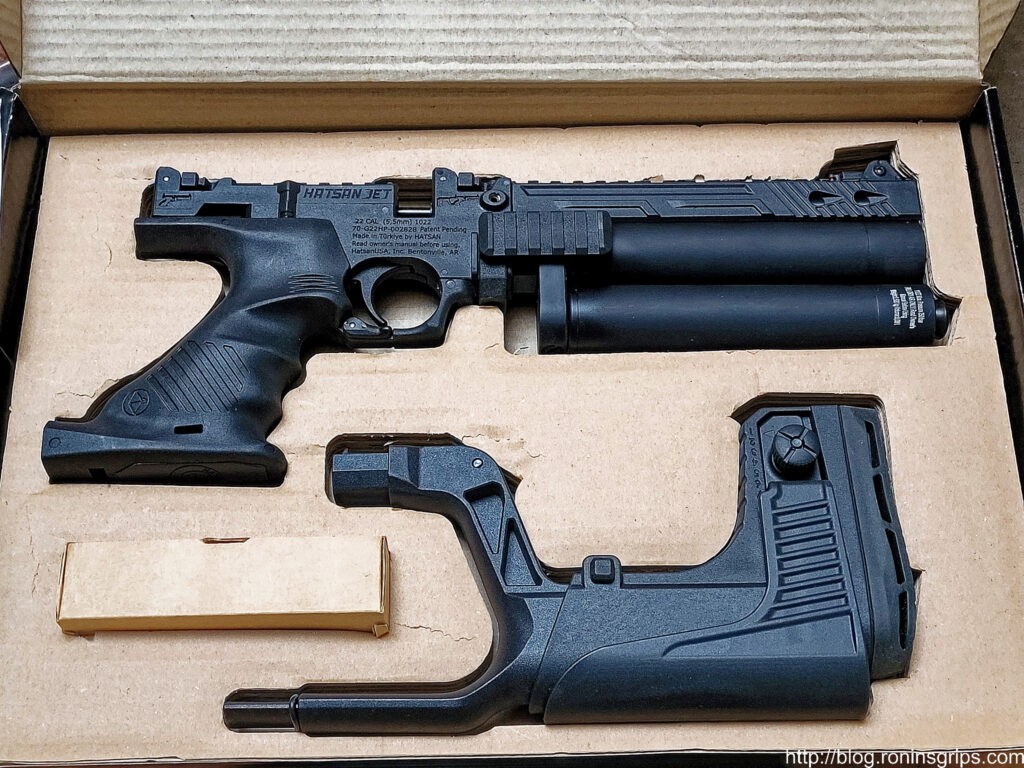
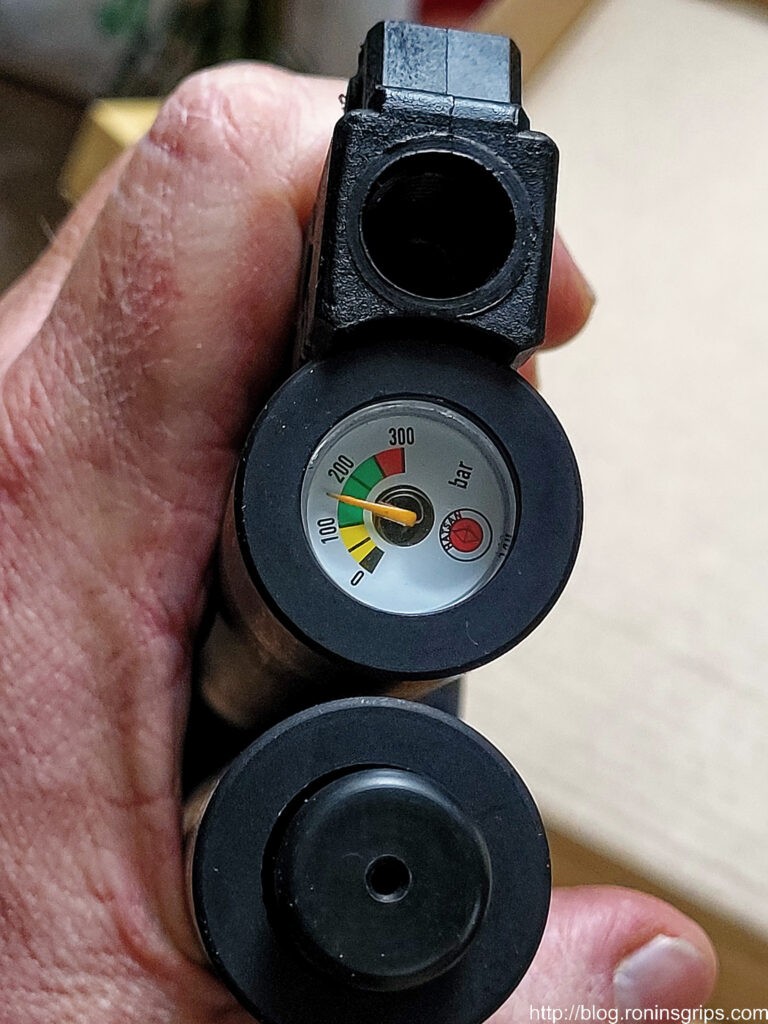
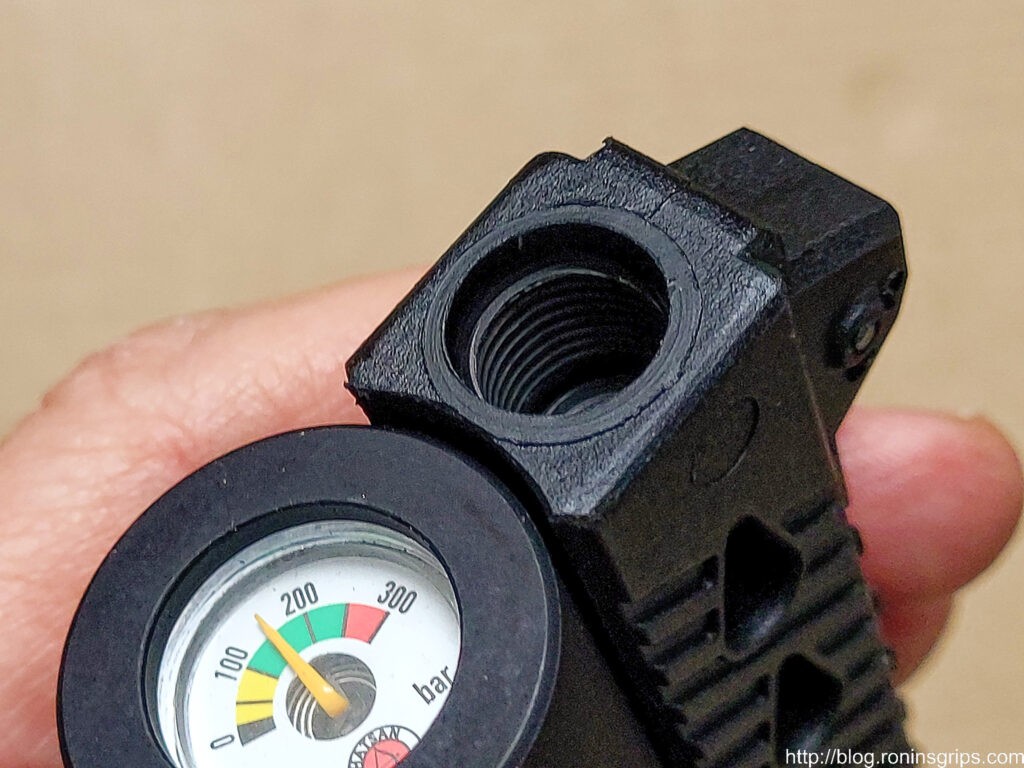
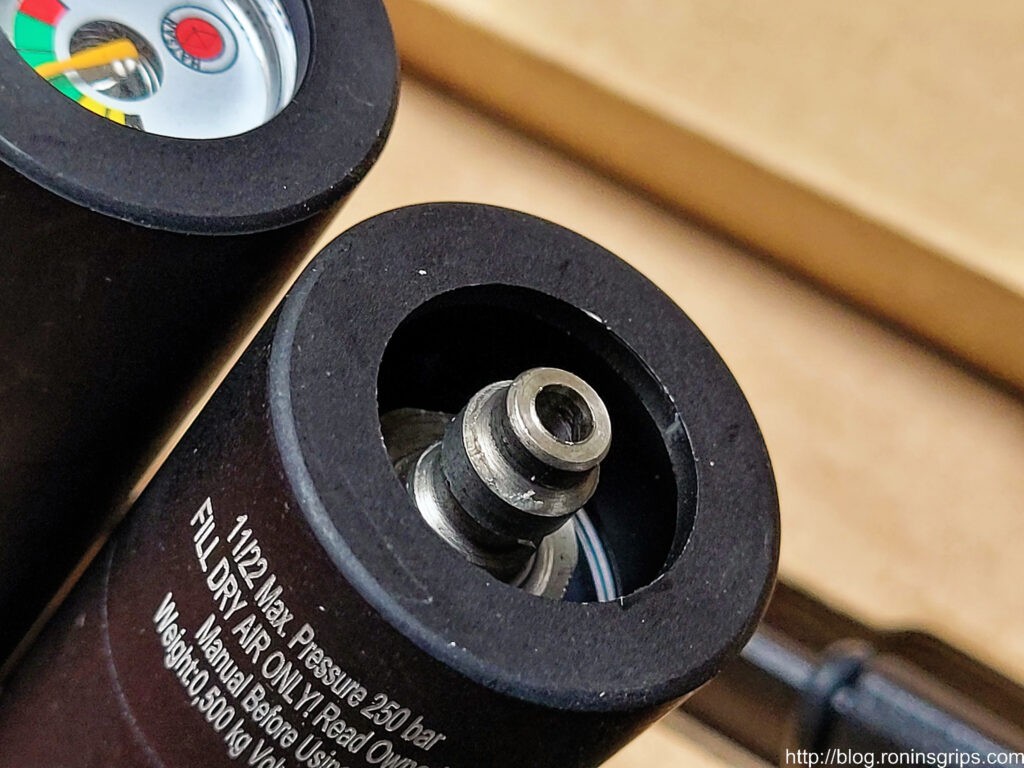
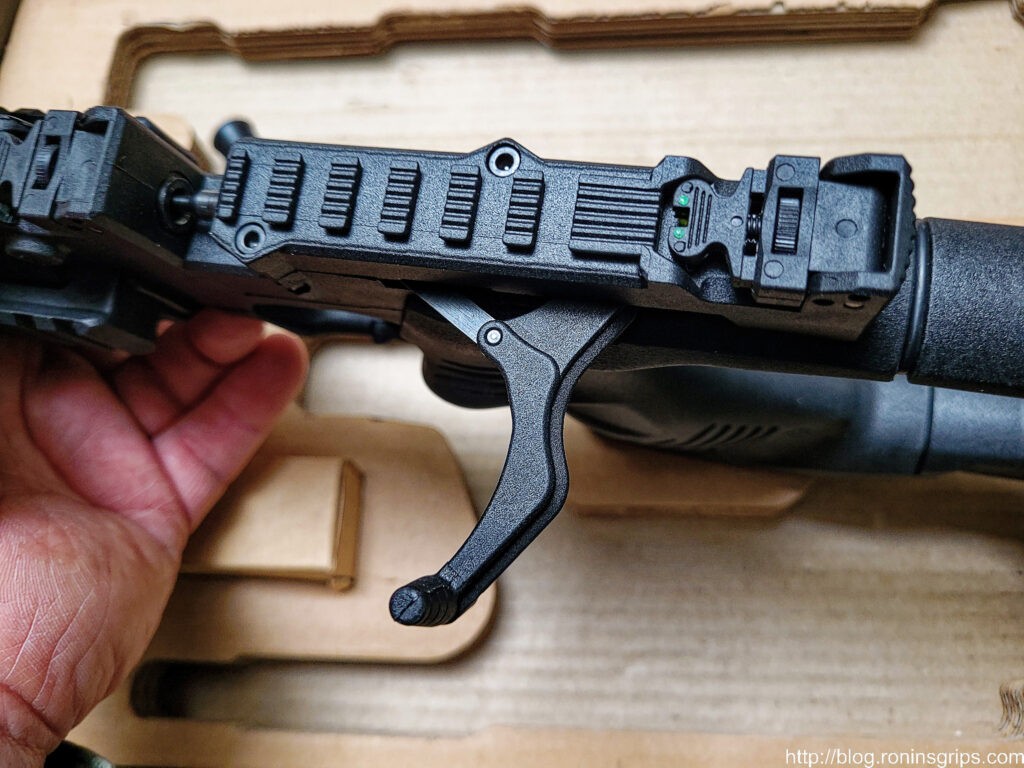
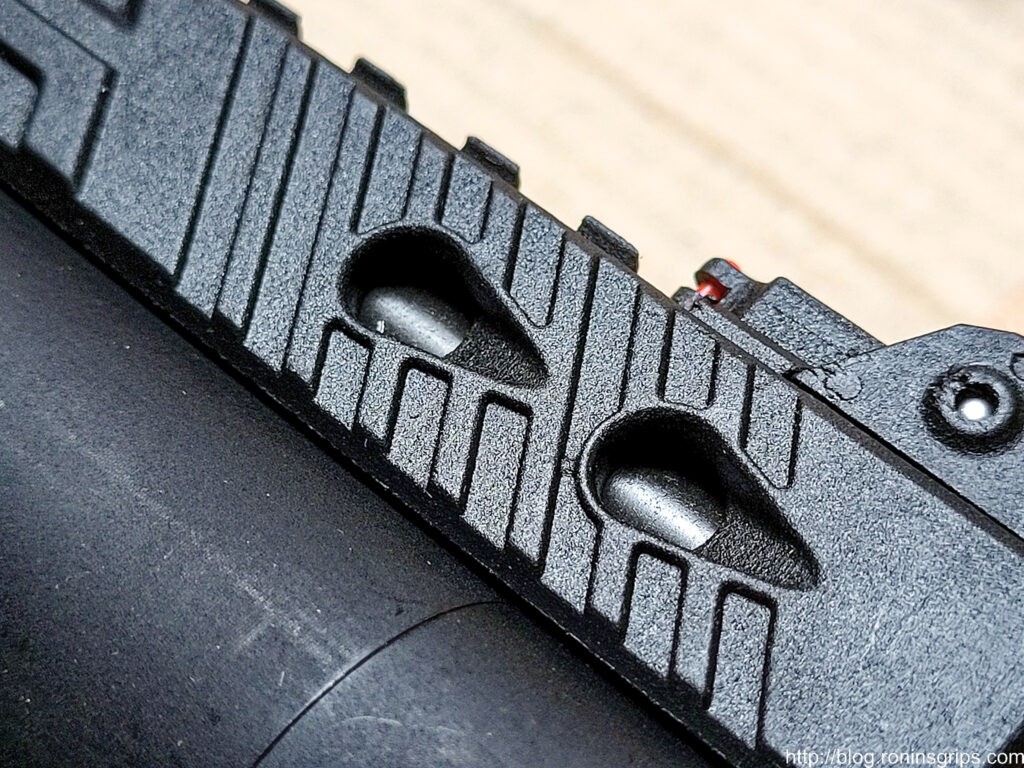
Now, let’s look at the stock
Let’s next turn our attention to the attachable stock that is very slick and can be easily attached or removed.
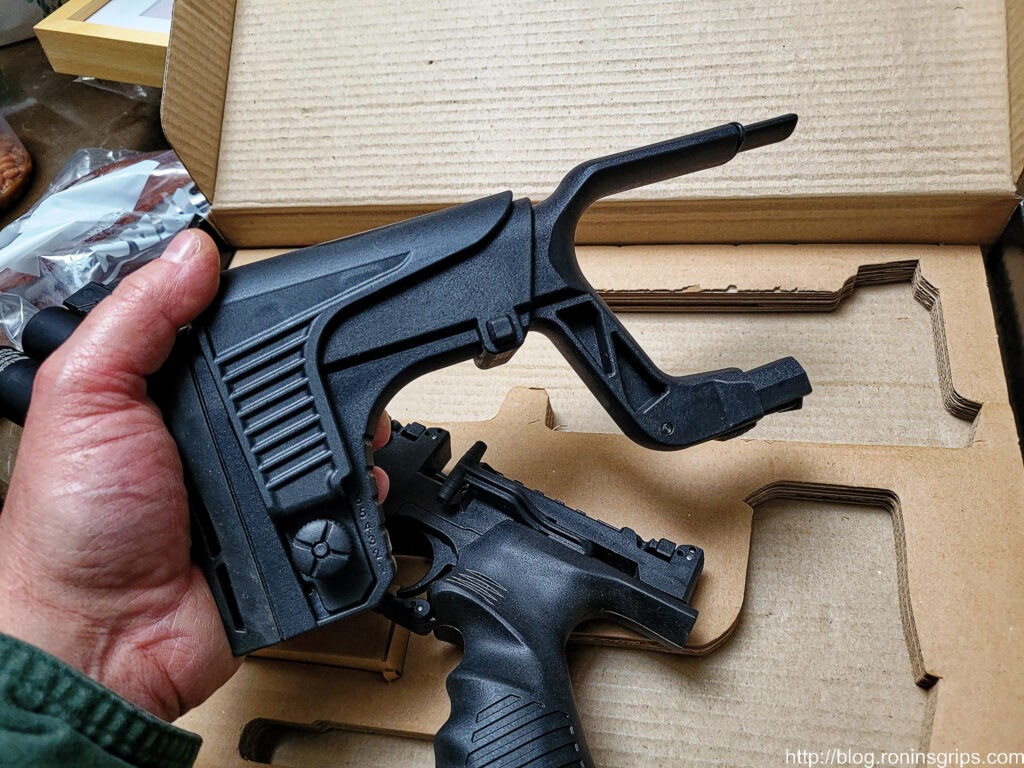
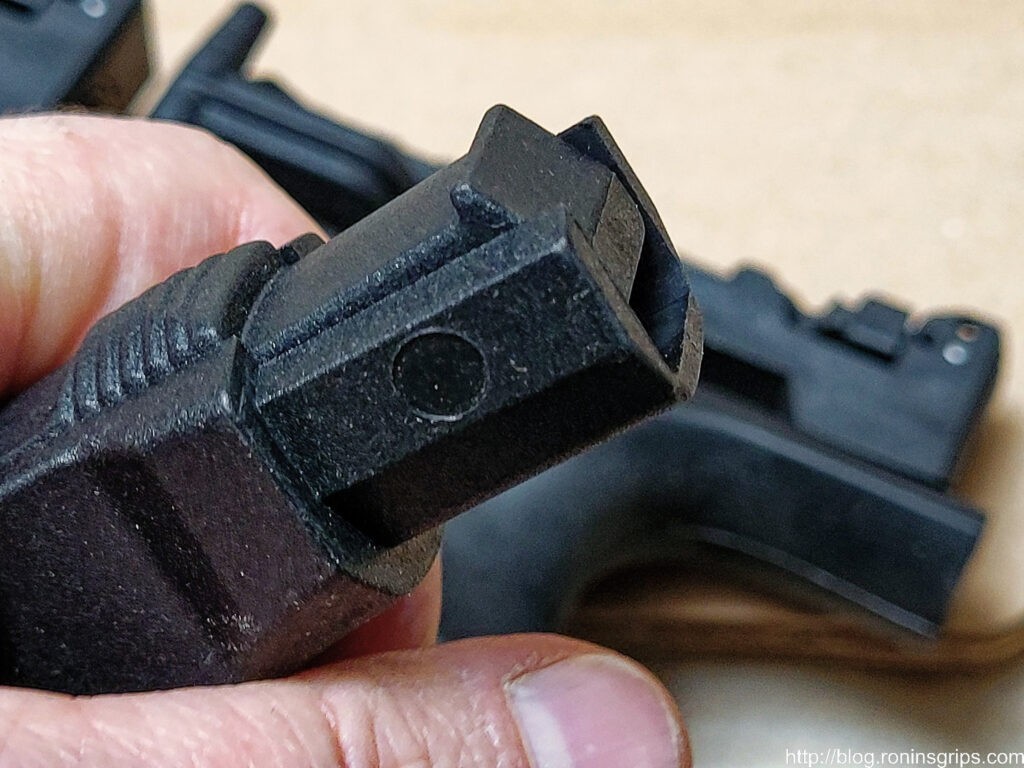
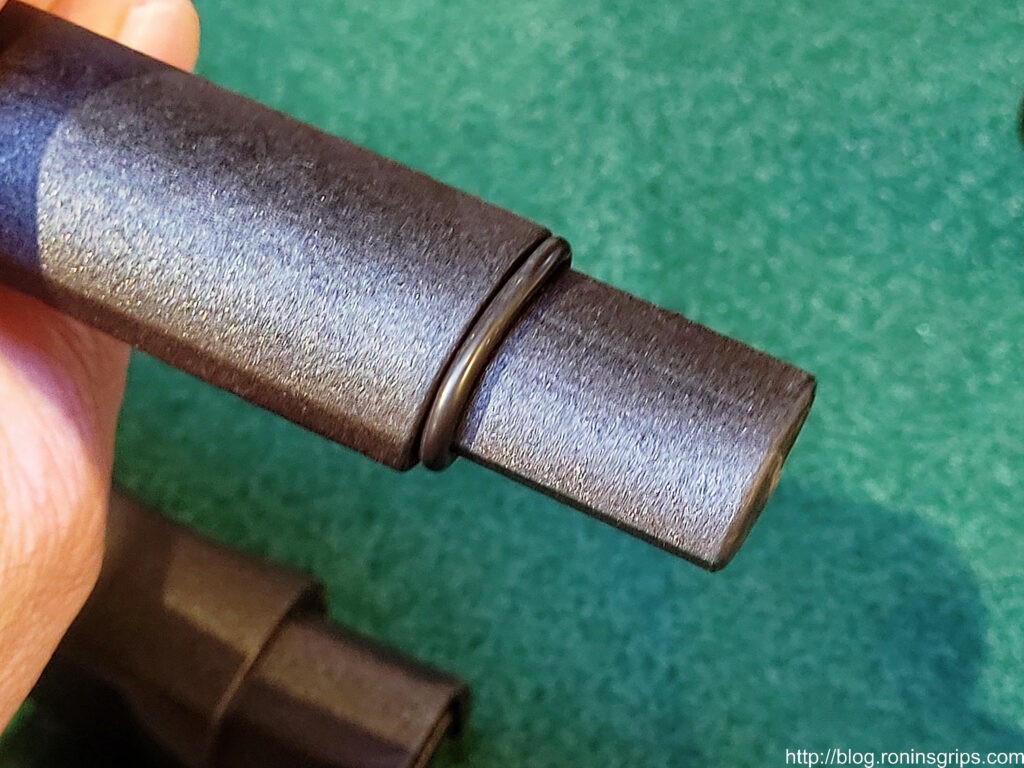
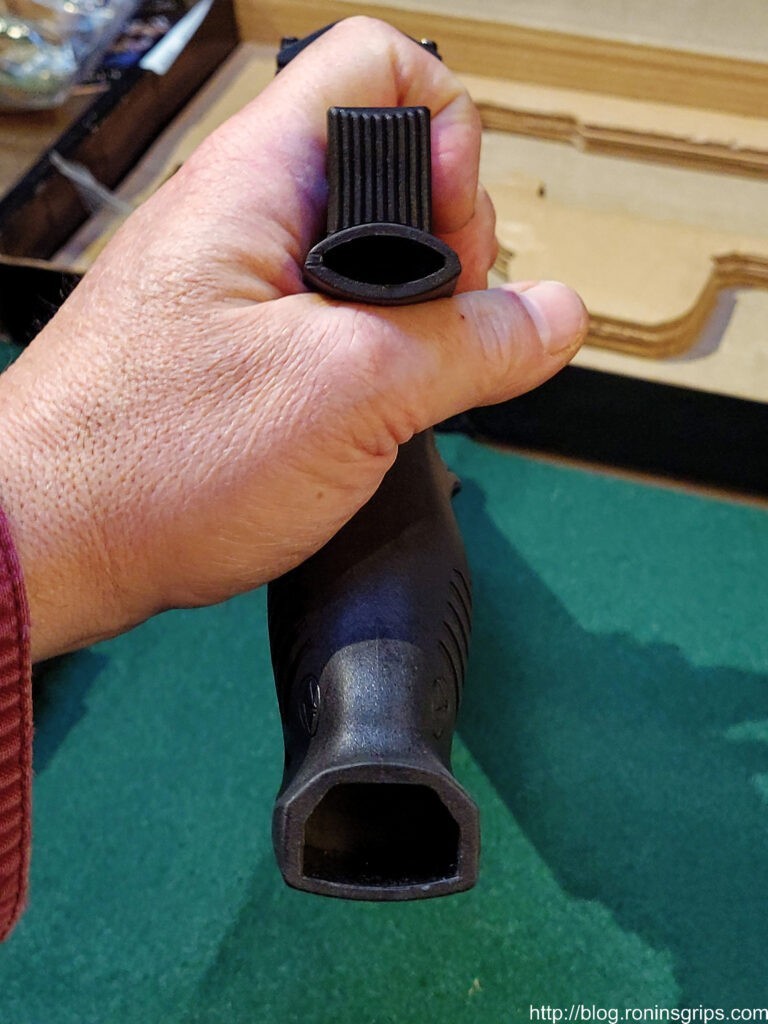
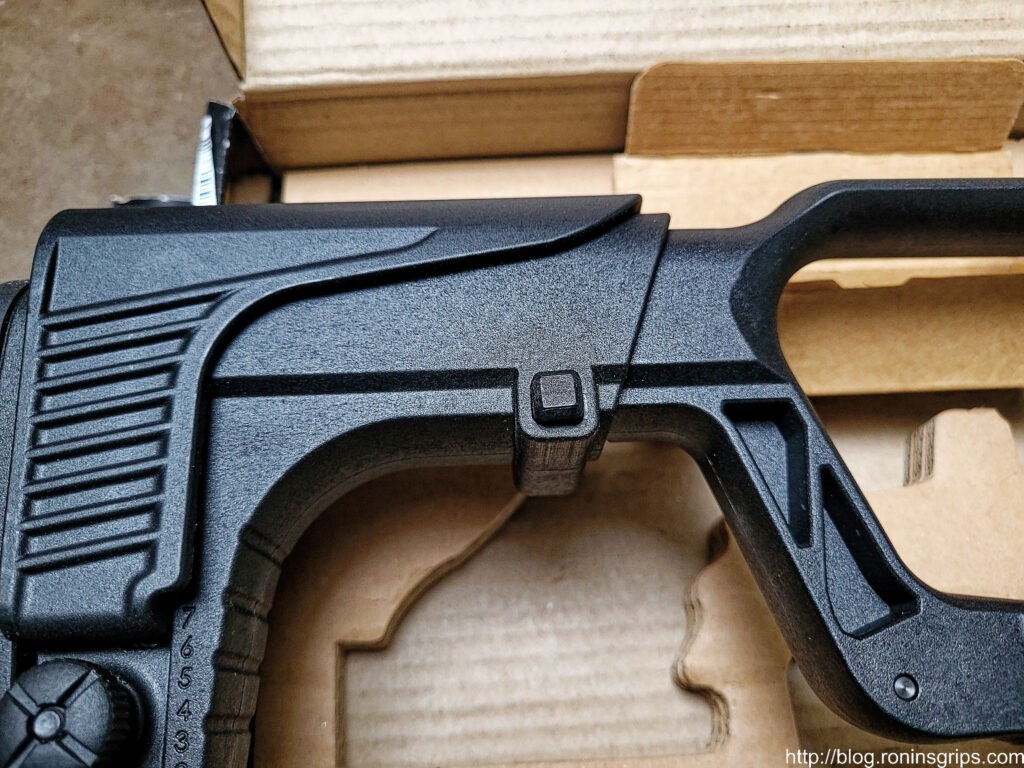
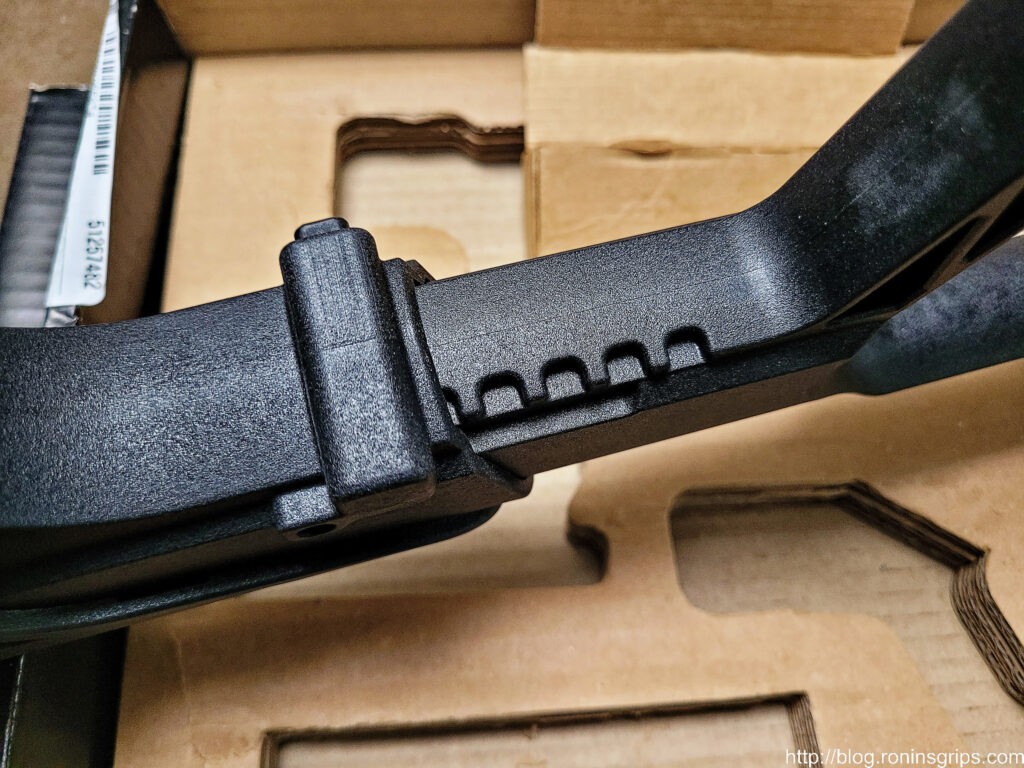
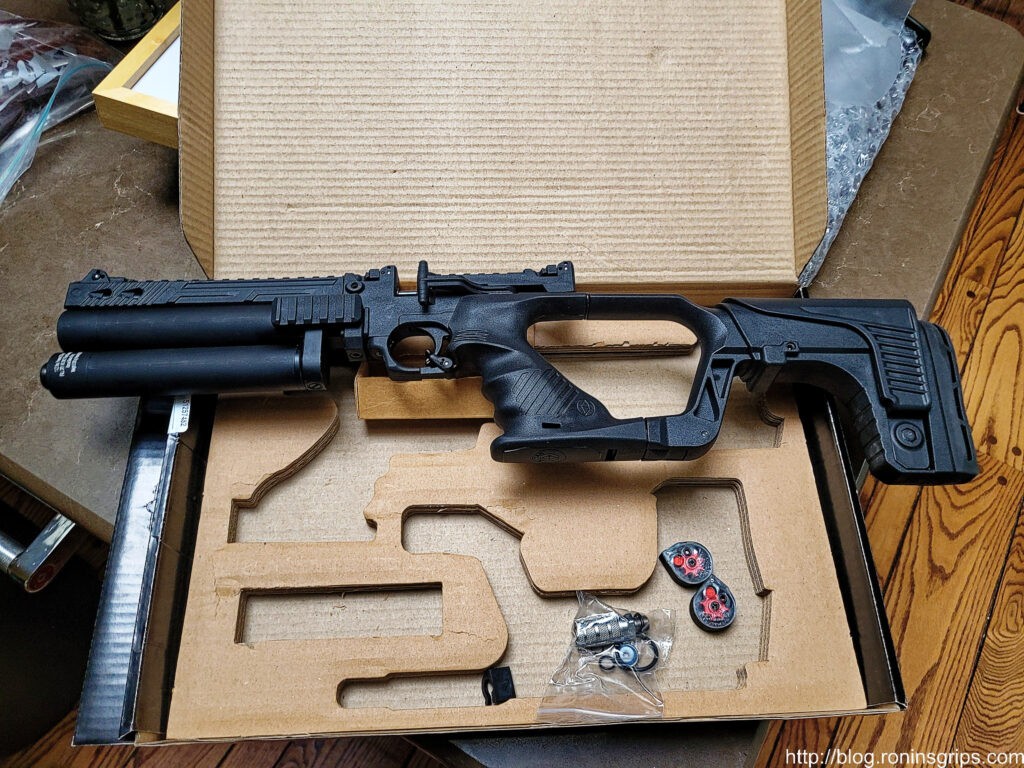
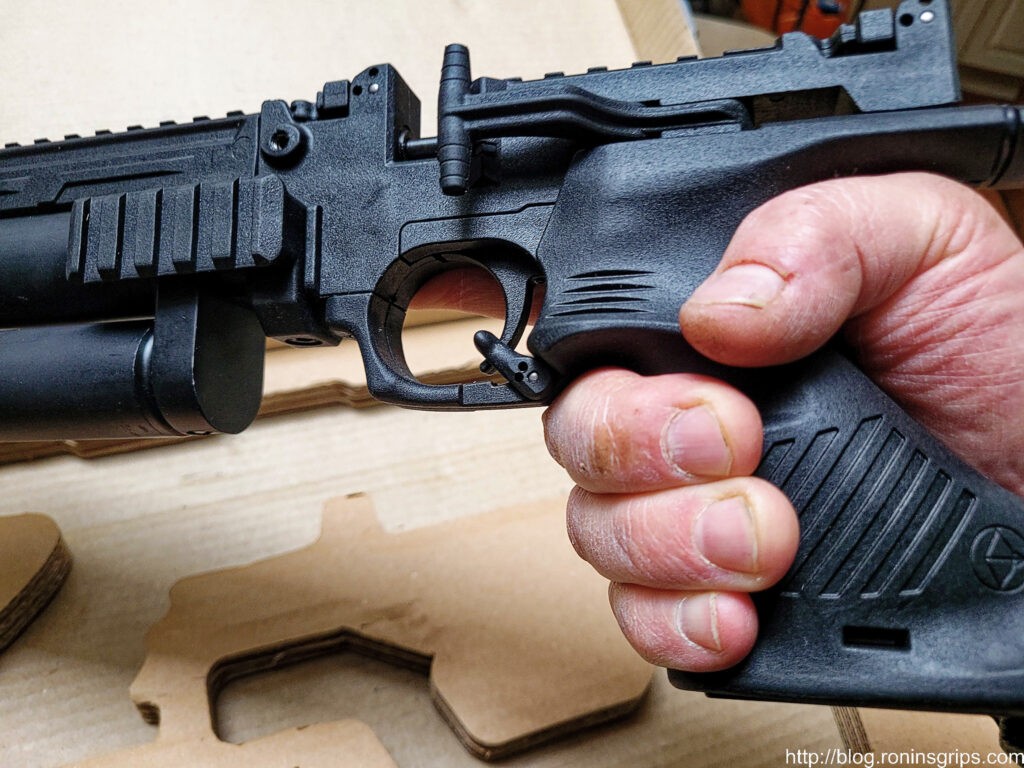
So let’s wrap this first blog post
I will do more posts about adding a moderator and the optic. I’ve already done some test firing at targets and really like the little “carbine” – I think that’s what I’ll call it. So, if you are looking for something new and compact, check out the Jet I or Jet II in the caliber of your choice.
Note, I have to buy all of my parts – nothing here was paid for by sponsors, etc. I do make a small amount if you click on an ad and buy something but that is it. You’re getting my real opinion on stuff.
If you find this post useful, please share the link on Facebook, with your friends, etc. Your support is much appreciated and if you have any feedback, please email me at in**@*********ps.com. Please note that for links to other websites, we are only paid if there is an affiliate program such as Avantlink, Impact, Amazon and eBay and only if you purchase something. If you’d like to directly contribute towards our continued reporting, please visit our funding page.
